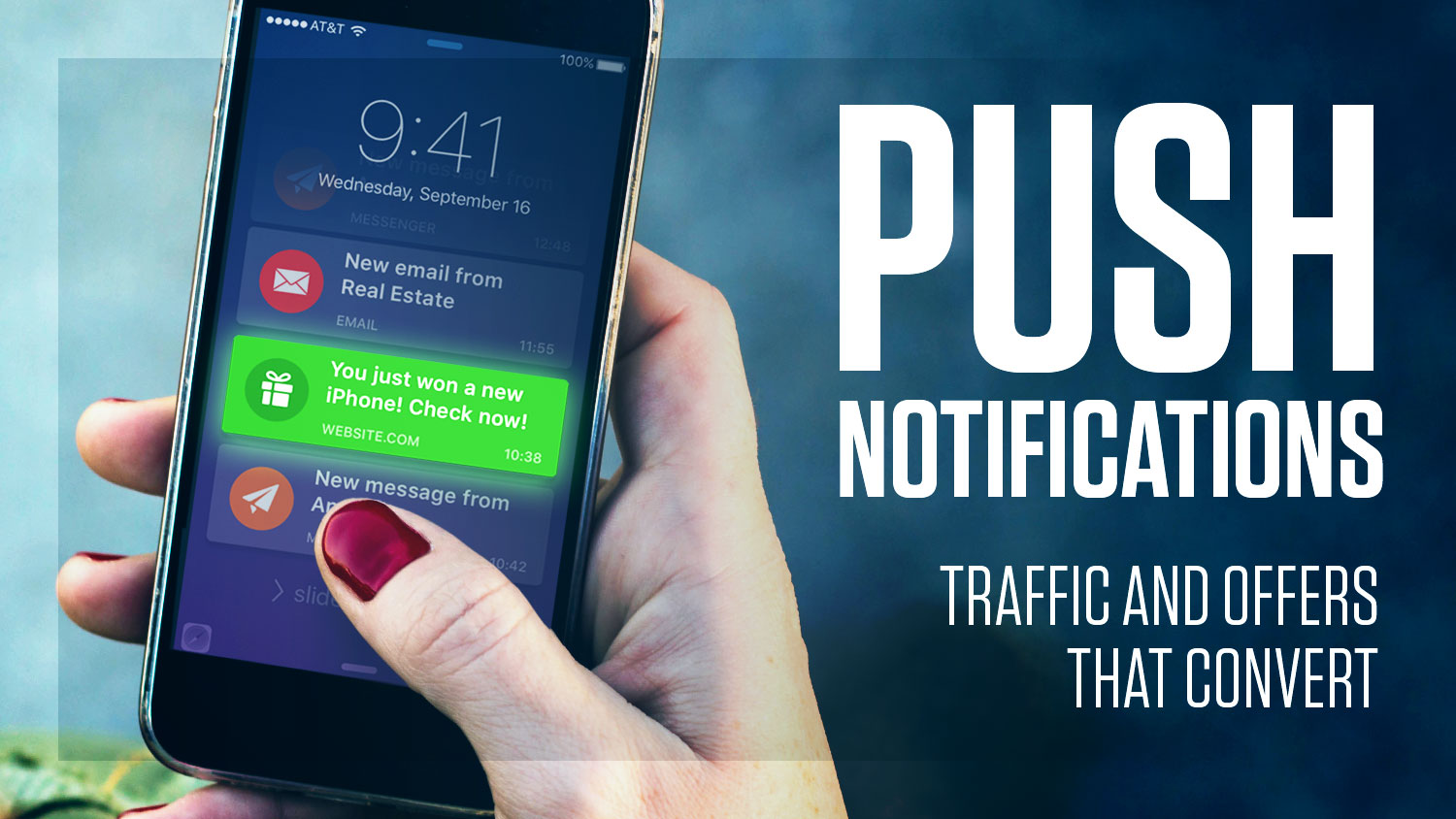The State of the Push Advertising Industry in 2020
January 29, 2020 by Ian Fernando 3 min readTable of Contents
ToggleWhat’s The Deal with Push Advertising?
There are a lot of rumors that may startle the internet with what push advertising may be and what the state of the push industry might be at. Recently Search Engine Journal published a blog post about what Chrome 80 might do to current push database owners.
A new version of Chrome will be released on February 4, 2020. A lot of chrome browsers will be updated and the update will affect desktop push notification alerts. It will not full block push notifications BUT it will block requests to push notifications.
The issue here is that it will automatically be blocked based on the user who constantly blocks push notifications. The other scenario is more of a learning phase for Google Chrome. It will be for websites with low optin rates and automatic blocking will be enabled as it gathers more and more data.
What is happening here is Google is trying to take users’ privacy seriously and trying to promote push alerts that are not abusive. When an alert is available there will be a Bell icon in your browser and I bet less than 1% of you will even care what that means.
For us, ad networks and affiliates growing a database means that the optins rates will be very low. I’m very curious to see how push networks will adapt to this new update coming in on February 4, 2020.
How Will This Affect Affiliates?
In one way I can see the quality of traffic dramatically dipping. The reason for this is because I believe there are a lot of ad networks out there that actually broker off each other. This will definitely kill off the ones that do not grow their own database.
For those that do grow their database, Google will automatically block these push if it “feels” like you’re spam. Google has information from every person’s browser on what they’re blocking and will mostly use that information to determine which sites deserve and which domains don’t deserve your attention.
Simply going to your settings, privacy and then notifications you’ll see all the sites you’ve blocked. I’m pretty sure Google already tallied which of these sites are bad.
What Does This Mean for Webmasters Growing Their Database?
This means that your domain can be flagged and less than 1% of the people will even notice that bell in the browser that Google is going to display.
The optin will most likely decrease by almost 100% overnight. This is going to just affect new alerts, not previous ones, BUT will probably immediately decrease in quality too, I figure.
In the end, this will affect all sides, the traffic owners, the database owners, and the affiliates. Traffic will decrease in quality because there will be less optins.
Google will start learning if people are getting annoyed and then just stop the alerts altogether. The affiliates won’t have the right traffic source to advertise on and the database owners are now losing an asset similar to email that will become useless over time.
I think the biggest scare will be on mobile phones. If this transfers over to mobile, then push notifications as a traffic source will definitely die. I buy mostly mobile and in my opinion, if it actually transfers to mobile, then it will definitely affect ad networks.
I believe push will continue to grow. I knew that there was going to be a change with how push is limited but I didn’t think it would be such a big change, especially with Chrome trying to figure out which domains are bad.
What’s the Impact on SEO?
My friends at Mobidea Academy asked Robbie Richards, an SEO expert, to share his thoughts on this topic, which I share here with you below..
When used properly, push notifications may provide a great vehicle for generating return traffic and repeat conversions. Think about how blogs use it to push new posts, or how companies like Uber use them to notify customers or rate drops or driver arrivals. If the content is relevant and personalized, it’s going to enrich the user’s experience.
On the other hand, many sites use them abusively to push affiliate offers and ads, or just send notifications too often. This results in a lot of opt-outs, which will be a strong signal to Google when Chrome 80 comes out, as this engagement will likely result in the rest of push notifications for these companies getting blocked too.
While push notifications don’t directly impact SEO, they can provide some indirect benefit in the form of repeat traffic that generally has a longer time on site, lower bounce rates, and higher time on page). These engagement signals can potentially help SEO in the long term.
That said, I’d advise companies using Push Notifications to segment their audiences well so that they are serving only the most relevant content to users, and only send them every week or so at most to avoid fatigue and opt-outs.

Ian Fernando
Old School Affiliate
Ian is a young self-made man who’s been online and living off the internet for over 15 years now. This guy really understands affiliate marketing is an everchanging reality and he has reinvented himself over the years. We’re sure he’ll keep on the move and we’ll for sure follow him around!
Choosing a good banner is not an easy task. Check these Mobidea Academy tips and get to improve your campaign's performance!
Interested in some awesome strategies to boost your profits? Check these high converting pre-landers and change the whole game!
Learn all about push notifications, how to make them work for you and what offers perform the best. Top tips from Zeropark plus an exclusive deal for Mobidea Academy readers!


